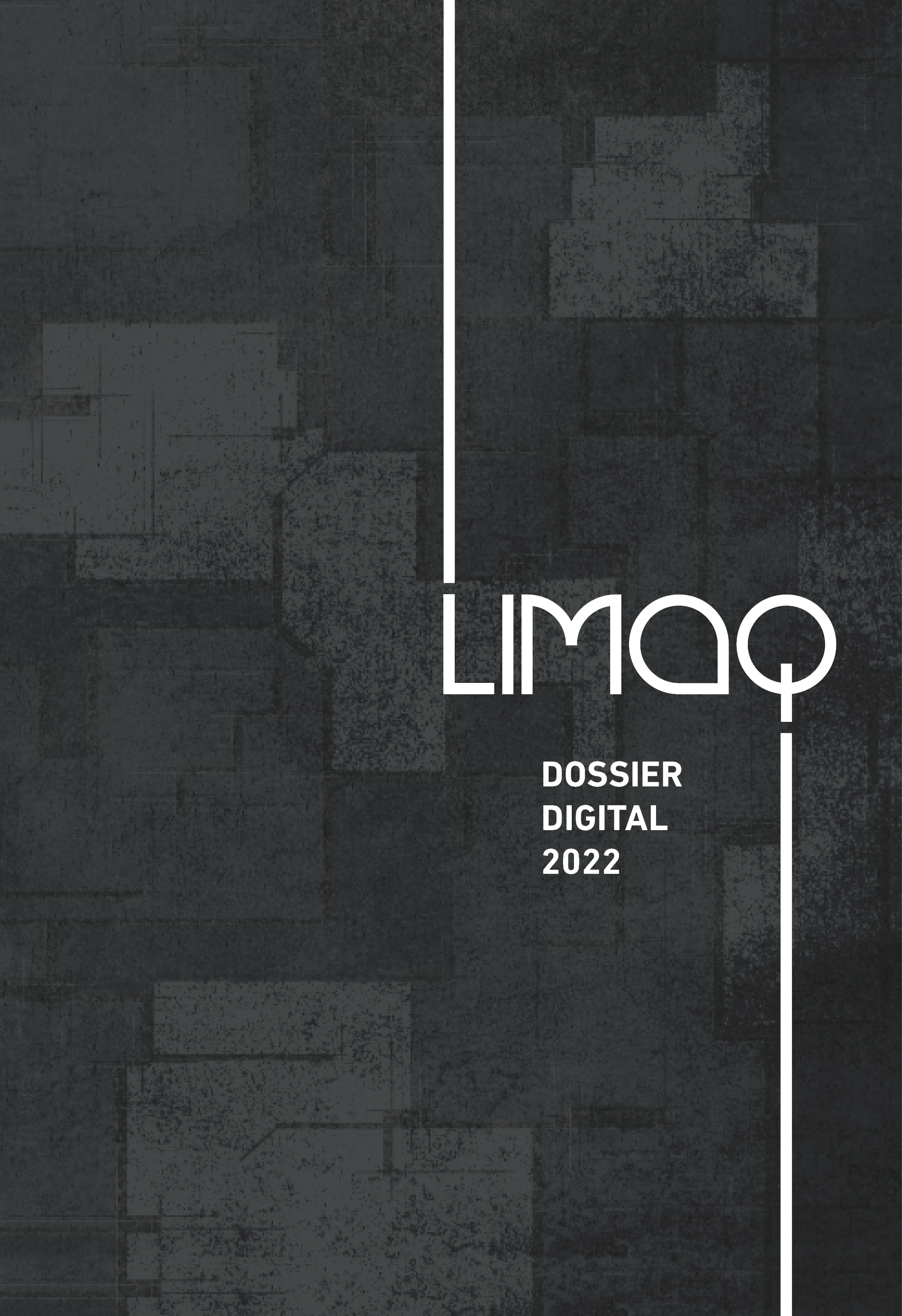Museums as the first step to citizen inclusion
DOI:
https://doi.org/10.26439/limaq2022.n010.5305Keywords:
accessibility, cultire, senses, tourismAbstract
Museums not only show the past of different cultures throughout history but also the present of the society to which they belong. The design of a museum reflects the behavior of citizens in society. For many, museums are designed for everyone, but if we consider it, is this the case? Will visually impaired people have the same experience as a person without such a disa[1]bility? Or will a child with hearing impairment feel the same as someone who can listen to our various Andean musical instruments? This essay attempts to put readers in the position of people who do not have the same privileges as most of us. It describes my experience designing an inclusive museum as Architecture Workshop I, second year, class 425 incharge of Arch. Vanessa Zadel from the Architecture program at Universidad de Lima and all the considerations that came from the develop of said project.
Downloads
References
Naciones Unidas (1948) Declaración universal de los derechos humanos. https://www.un.org/es/about-us/universal-declaration-of-human-rights
Naciones Unidas (2006) Convención sobre los Derechos de las Personas con Discapacidad. https://www.un.org/esa/socdev/enable/documents/tccconvs.pdf



